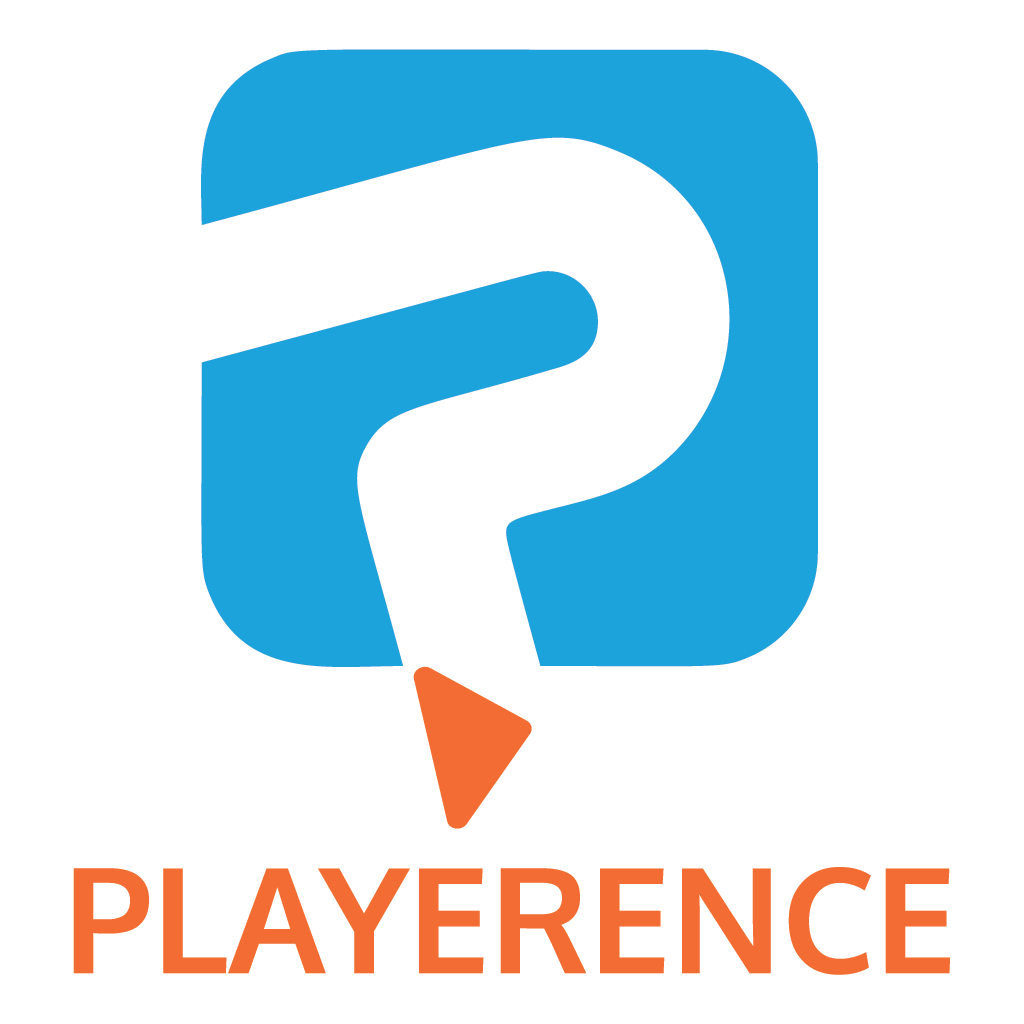Remote or hybrid employees are no different from their office counterparts when it comes to holidays.
Just because they’re working from home, it doesn’t mean they’re doing less—they also need quality time-off to fully recharge their batteries. Statistics show that 97% of remote workers perceive holidays as essential to their productivity and performance.
Nevertheless, managing annual leave for remote and hybrid teams comes with challenges, especially if your workforce is geographically dispersed.
So, in this article, we’ve decided to share the most effective ways to manage holiday periods in remote and hybrid teams and provide you with practical tips you can implement right away.
Let’s get started. Shall we?
5 Effective Ways to Handle Remote or Hybrid Team Holidays
1. Set Expectations Around Holiday Periods
Organising employee vacations ahead of time is usually a good idea since it allows to maintain business continuity. But before you can compile a master document of everyone’s annual leave requests, you must communicate expectations regarding taking time off. This helps you and your team avoid potential misunderstandings and negative ramifications that might jeopardise business operations.
Every organisation has hectic periods throughout the year when they rely on employee support, so it’s critical to be transparent with your remote workforce about the times they can or cannot request holidays. Ultimately, you don’t want to end up in a situation where many employees ask for holidays simultaneously.
2. Have a Clear Annual Leave Policy
A transparent and fair annual leave policy can help companies avoid most of the issues.
As a minimum, your holiday policy should include the following points:
- What is the total annual leave entitlement?
- When does the holiday year run?
- How much leave can be taken in any one period?
- How far in advance should an employee request time off?
- How should employees request time off: through a holiday system or their line manager?
- How many days of holidays, if any, will employees be permitted to carry over into the next annual leave year?
- What types of leave are available (paid, unpaid, medical, or family)?
Furthermore, if you have people working from all over the world, you must define clear rules around the way you’re going to observe local holidays.
Depending on the location, there could be variations in the ‘local’ holiday periods. However, you have two options when it comes to granting holidays.
You can either consider giving time off depending on the remote employee’s country of residence or the company’s location. Regardless of the approach, you must ensure compliance and fairness across the organisation.
3. Create a Team Holiday Tracker/Schedule
A vacation tracker for remote or hybrid employees’ holidays can provide managers with a readily available view of the team’s time-off plans. This allows leaders to manage staff workloads more efficiently and implement alternative arrangements to ensure cover and minimal service provision.
Besides, you can share holiday schedules with the rest of the staff, so they know when their colleagues are off, allowing teams to plan and handle forthcoming projects more smoothly.
At My Digital Office, we’re working on a team calendar—an exciting product feature to track remote employees’ time-off, set public holidays, and even send virtual holiday postcards and quick messages via an interactive postcard board.
We want to add visibility to the availability of globally distributed team members. On top of that, we think that making it easy to share happy holiday memories with the rest of the team can help build deeper connections among remote and hybrid employees.
Do you want to be the first to hear about the latest developments in our product pipeline? Make sure to check out our blog.
4. Encourage Your Team to Take Time Off
As much as it could be tempting for the remote employees to have a workation (balance work and holidays), managers must ensure that their teams fully disconnect.
Quality vacation time has numerous benefits, including higher levels of well-being and mindfulness, improved heart rate, reduced stress, boosted brain function, and better sleep quality.
At the end of the day, remote employees need to sustain a healthy work-life balance to be the happiest and the most productive. As an employer, you want to foster a workplace culture in which individuals feel empowered to request time off. This will not only normalise taking holidays while working from home but will lead to trust-based relationships within the organisation.
5. Manage Remote Team’s Workload
You want to maintain business as usual despite having fewer workers in the workplace, even for a limited period. But to do so, you need to think about making adjustments to the workload of the absent workers and the ones who will be covering them.
For the employees who are taking time off, perhaps you need to move around some of the tasks they’re working on and reschedule any important meetings or deadlines that happen to be during the holiday period.
Meanwhile, you must interact with and allocate essential tasks to the rest of your team to ensure that operations run smoothly without significant hiccups.
Tip: For virtual teams spread out across multiple time zones, it would be worthwhile to set up a work replacement plan so everybody knows who is the main point of contact in the absence of a particular staff member.
The Bottom Line
Managing annual leave in remote and hybrid teams often distributed across several countries with different traditions and public holidays can be challenging.
Remote-first companies must establish clear holiday policies and procedures and encourage virtual employees to take quality time off without feeling the pressure to ‘always be online’.
Are you yet to embrace the benefits of owning a truly digital office in the metaverse?
My Digital Office is an interactive virtual platform that resembles traditional office settings but offers true flexibility to work from anywhere you like—without sacrificing collaboration, productivity, or employee engagement.
Are you interested to see how it works in practice? Take advantage of our free trial now!








